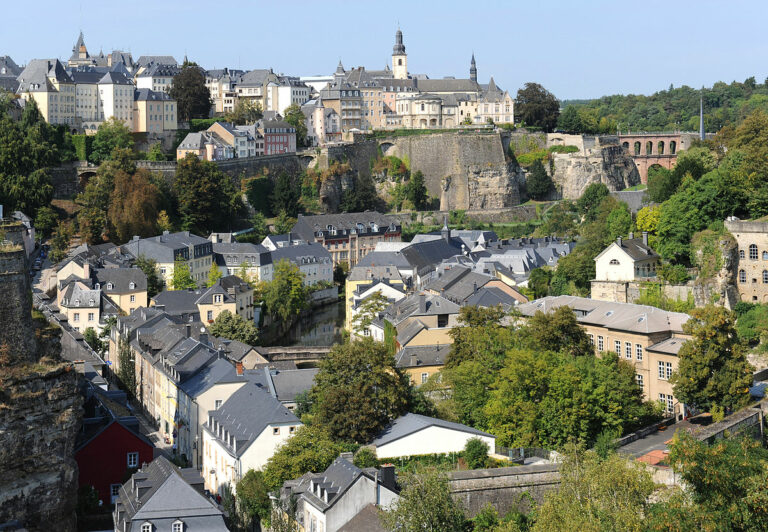Introduction
Lithuanian cuisine is a combination of different influences, including German, Polish, Russian, and Scandinavian. However, the country’s rich history and landmarks also play a significant role in shaping its cuisine. From the castles to the old towns and museums, Lithuanian historical sites and landmarks offer a glimpse into the country’s culinary heritage.
Historical Sites that Influenced Lithuanian Cuisine
One of the historical sites that influenced Lithuanian cuisine is the Trakai Island Castle, which was built in the 14th century. The castle served as the residence of the Grand Dukes of Lithuania, and it is famous for its traditional Karaim cuisine. Karaim cuisine is a unique blend of Jewish and Turkish flavors and includes dishes such as Kibinai (savory pastries) and Shakotis (a spiral cake).
Another historical site that influenced Lithuanian cuisine is the Hill of Crosses, located in northern Lithuania. The Hill of Crosses is a pilgrimage site that is home to thousands of crosses, which are believed to have healing powers. This site has inspired several Lithuanian dishes, such as the Kryziu Kalnas Soup, which is a hearty vegetable and beef soup.
Traditional Ingredients
Lithuanian cuisine relies heavily on traditional ingredients such as potatoes, rye bread, and dairy products. Potatoes are a staple in Lithuanian cuisine and are used in dishes such as Cepelinai (potato dumplings filled with meat or cheese). Rye bread is also a significant part of Lithuanian cuisine, and it is often served with cheese, butter, or smoked meats.
Dairy products such as sour cream, curd cheese, and kefir are also essential in Lithuanian cuisine. These ingredients are used in dishes such as Kugelis (potato pudding) and Suktinukai (meat rolls filled with curd cheese).
Methods of Cooking and Preparation
Lithuanian cuisine includes several methods of cooking and preparation, such as baking, boiling, and smoking. Baking is used in dishes such as Kugelis and Ruginė Duona (rye bread). Boiling is used in dishes such as Cepelinai and Saltibarsciai (cold beet soup). Smoking is used to preserve meats such as bacon and ham, which are often served as part of a traditional Lithuanian breakfast.
Regional Variations
Like many other cuisines, Lithuanian cuisine has regional variations. For example, in the coastal regions of Lithuania, fish dishes such as smoked eel and herring are popular. In the eastern regions, potato dishes such as Zeppelins and potato pancakes are more common. The western regions of Lithuania are known for their dairy products such as cheese and sour cream.
Contemporary Lithuanian Cuisine
Contemporary Lithuanian cuisine combines traditional Lithuanian ingredients and flavors with modern techniques and influences. Many Lithuanian chefs are experimenting with new flavor combinations using traditional ingredients such as potatoes and rye bread. Lithuanian cuisine is also becoming more diverse, with influences from other cuisines such as Italian and Asian.
In conclusion, Lithuanian cuisine is a rich blend of traditional ingredients, methods of cooking, and regional variations. Lithuanian historical sites and landmarks also play a significant role in shaping the country’s culinary heritage. From the Trakai Island Castle to the Hill of Crosses, Lithuanian historical sites and landmarks offer a glimpse into the country’s unique culinary traditions.


